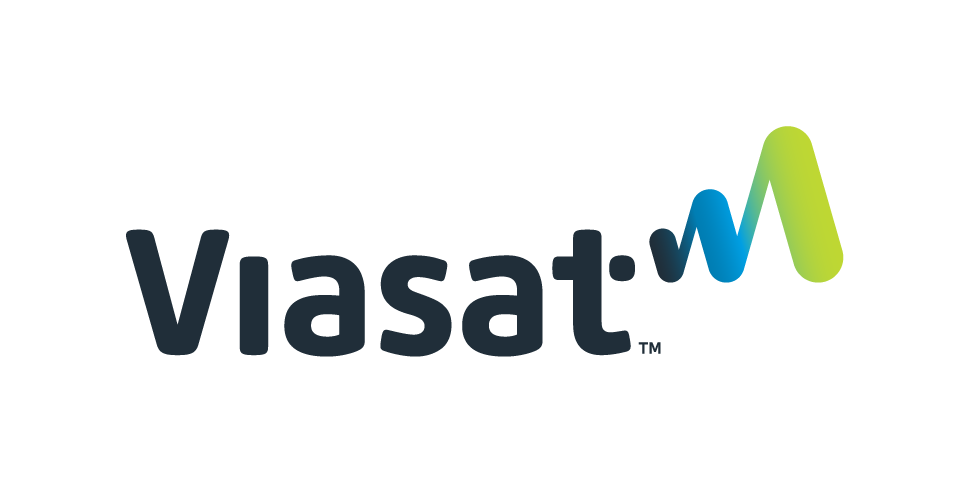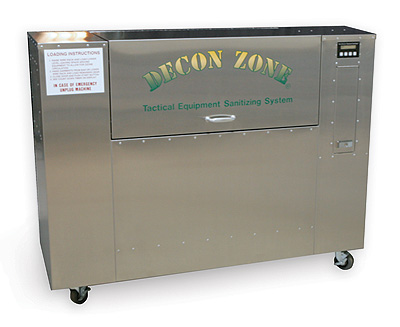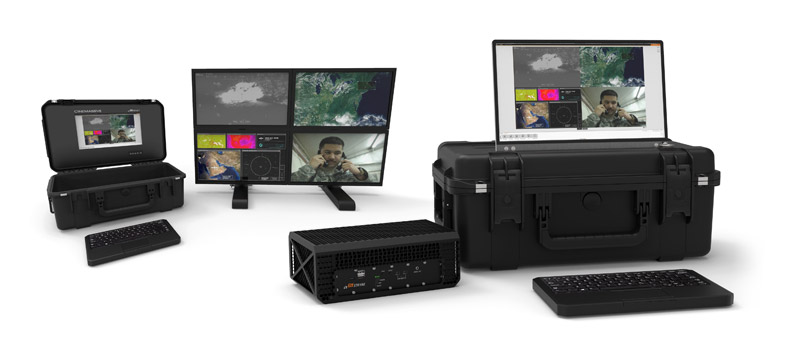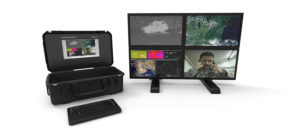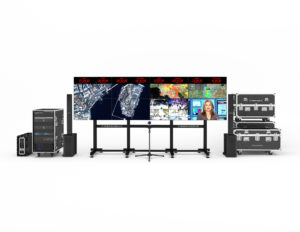If you are in the military tactical communications systems business, you’ve seen broadband “Communications-on-the-Move” (COTM) promised by many satellite terminal vendors. Many of those vendors do not tell you that their ability to provide said services depends on tenuous lashups with satellite companies, exorbitant bandwidth costs, and dead spots in your required area of coverage. I’ve planned missions for and used many satellite terminals over my active duty years, but only one mobile broadband satellite solutions provider has delivered consistently: Viasat. Their success comes from their end-to-end integration capabilities, including satellite, terminal, and managed services.
Viasat has built and launched a high capacity, commercial Ka-band satellite constellation that is still growing. In 2022 Viasat-3 will launch. Once fully completed, Viasat will be able to provide complete global connectivity and provide high capacity satellite WiFi anywhere at “60 times more affordable” and “15 times more capacity than DoD satellites”. (https://www.viasat.com/products/government-high-capacity-satellites).
Viasat has been the lead satellite modem developer for over a decade. Their modems are the de facto DoD-standard. You can tailor your terminal for EBEM, LinkwayS2, or CBM-400 modems, with CBM-400 providing quad-band (X, C, Ka, Ku) access, diverse network topologies (including full mesh), and the most bandwidth (up to 400 Mbps (waveform dependent)). Viasat offers several preconfigured satellite terminals for air, land, and maritime uses, but you can tailor your terminal to your specific needs.
Along with the satellite modem development, Viasat has been a leader in communications security equipment development and communications protocol development. For example, the NSA Type 1 KG-255X HAIPE Inline Encryptor has enabled faster network speeds (2Gbps) for secure networks up to TS/SCI. It can operate in Layer 3 HAIPE mode to maintain interoperability with their older, but still widely used, KG-250X, or as a VLAN/Ethernet tunneling on Layer 2.
Finally, there are the various services they provide. You can choose to run your own network and only call for training, technical support, or repair/warranty support. In this complex communication environment, with rapid deployments, using Network Operations and Management services from Viasat on a private IP network is a better choice. Viasat’s Network Operations and Management services can provide:
- Performance Monitoring and Fault Resolution
- Traffic Management and Beam Optimization
- Provisioning, Commissioning, and Configuration Management
Viasat’s ability to provide satellite broadband communications on the move is based on their end-to-end integration of the entire communications and services path, as I’ve briefly outlined. With highly talented, expert satellite, communications, and cybersecurity personnel, Viasat is a winning option as your tactical network provider. If you would like to explore that option, contact us at Quantico Tactical.
